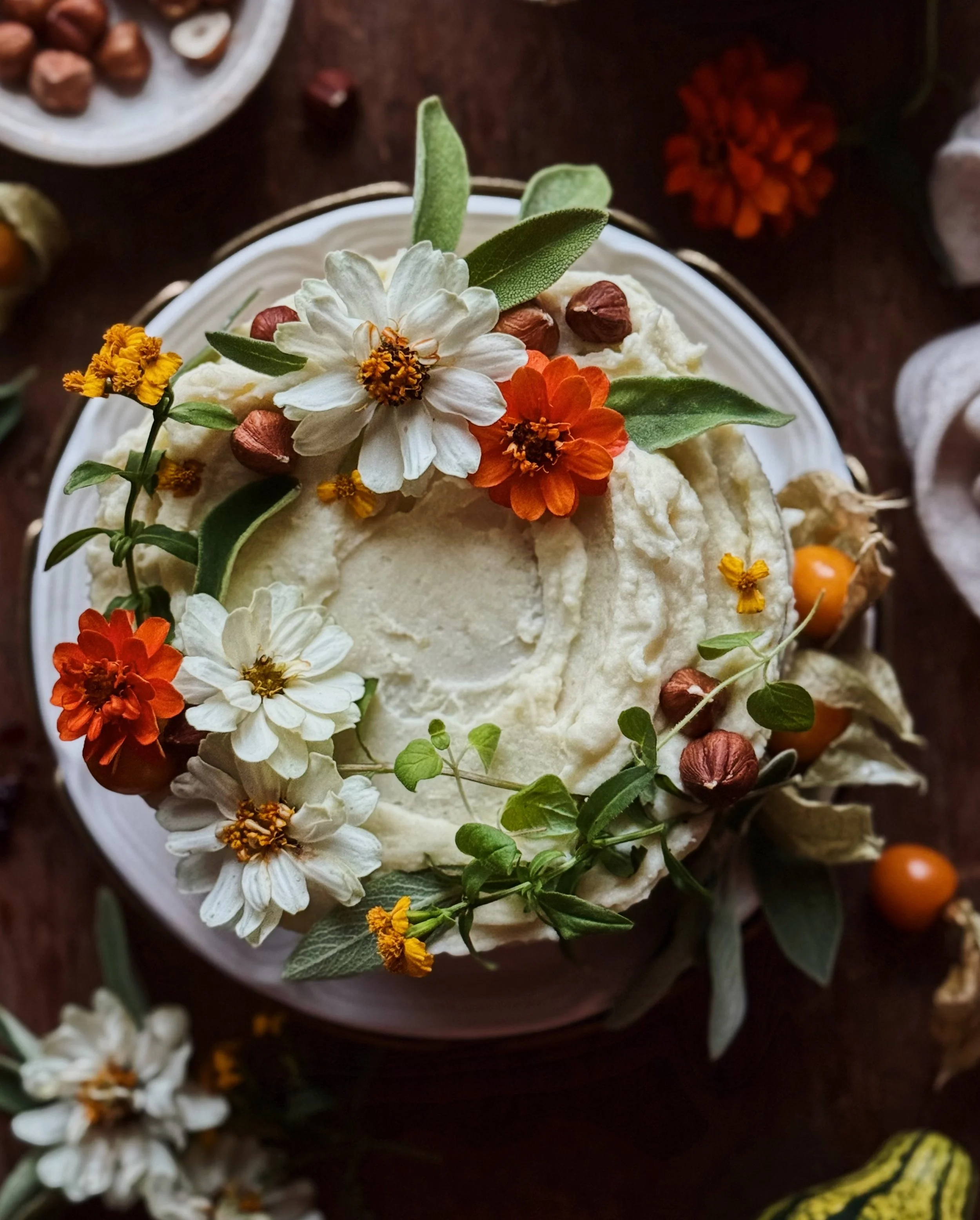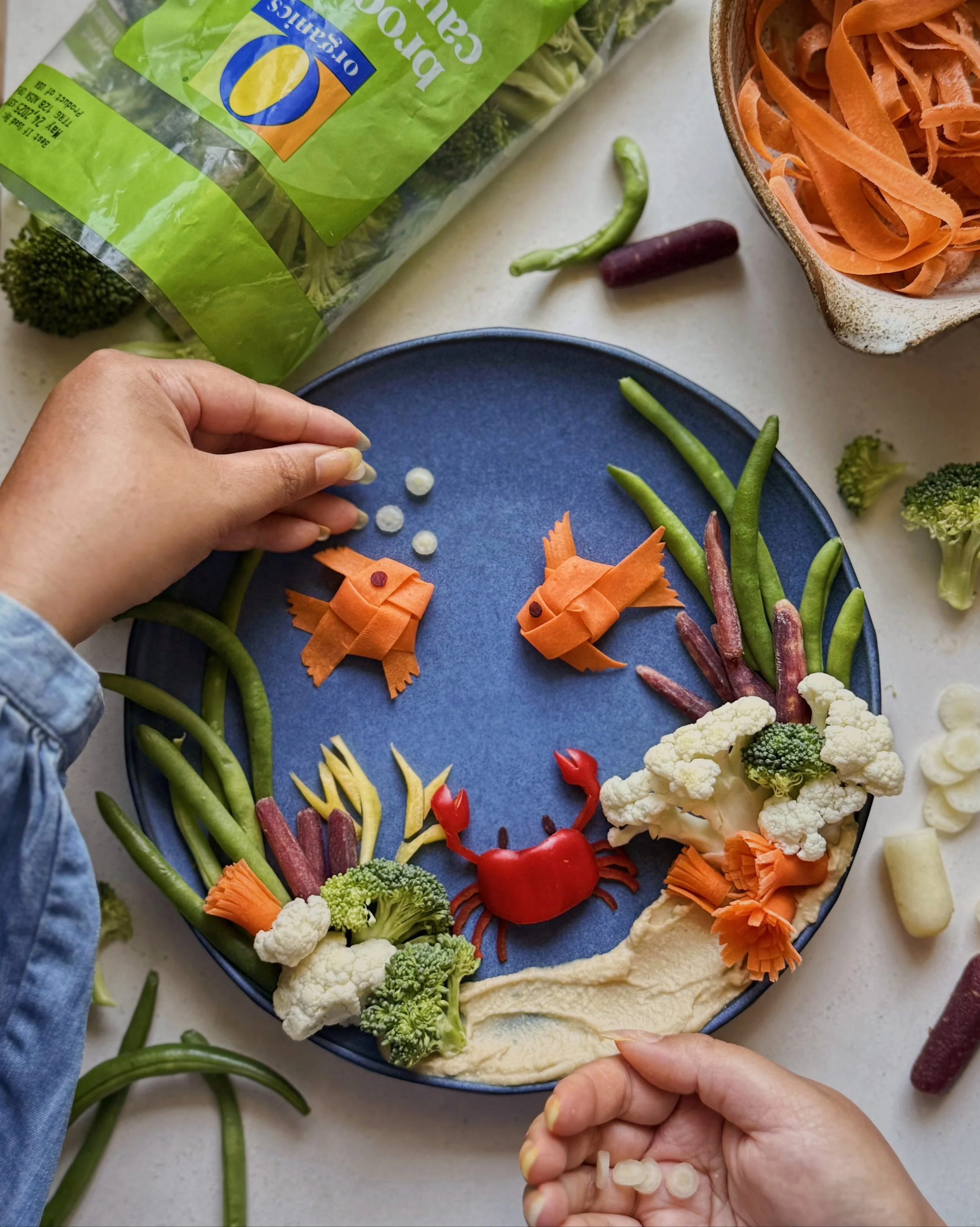Recipe: Biang Biang Noodles (Hand-Pulled Noodles)
/If you are here, you probably already know something about biang biang mian—delicious hand-pulled, hand-torn wide noodles that are delightfully chewy and a wonderful blank canvas to capture spicy mala flavors. Legend has it that the Chinese character for biang is the most complicated to write, and that it will break any kind of Chinese input method if you try to type it.
To be honest I am not an expert on biang biang noodles; all I know is how I personally like them, and I wanted to figure out a way to go about making them that was easy for me. For example, I wanted to be able to use my stand mixer for the kneading, especially since the dough is a little tougher compared to, say, a simple bread dough. I also wanted to produce a method that allowed me to have fun actually stretching the noodles by hand and banging (or bianging?) them against the counter. So I tested and tested until I got something I was happy with.
My version is adapted from Woks of Life and Strictly Dumpling, so I want to make sure to give them credit. And the image above was inspired by this photo by My Homestyle Life.
If you are looking for a sauce to accompany these noodles, might I recommend something with loads of chili oil and fragrant ground lamb? You can find out how to make that here.
How to Make Biang Biang Noodles
This recipe makes 2 large servings.
Ingredients
1 3/4 cup bread flour*
1/4 cup all purpose flour
1 tsp kosher salt
3/4 cup hot water
neutral oil
* I tested various combinations of bread flour + AP flour for this and found these ratios to produce my ideal texture for the noodles. Can you do all AP flour? Probably! But the noodles will not have the same chew that I like.
Procedure
Whisk together flours and salt in your stand mixer bowl. Fit the stand mixer with the dough hook. Turn on to the lowest speed and slowly add the water.
Knead dough on medium-high for 10 minutes, then check the texture. If the dough is very sticky, add 1/2–1 teaspoon AP flour. Continue kneading on medium-high for 10 more minutes. At this point, the dough should feel firm and should not be sticky at all. Try to pinch and pull away a small amount (see photo above). Dough should not snap right away, but should not feel totally stretchy either.
Knead a few times by hand to form a smooth ball. Return to the mixing bowl and cover bowl with a damp cloth (no greasing necessary yet). Allow to rest for 30 minutes.
Divide dough into 6 portions. Avoid handling each portion too much but shape it into a small log, about 4 inches long. Place logs on your largest baking sheet and pour some neutral cooking oil over them. Make sure each log is thoroughly coated in oil. Cover with plastic wrap and rest for 1 hour or until the dough feels soft and pliable.
(After one hour, I place a large pot of water on the stove to bring to a boil while I am stretching the noodles. If there is other prep work I need to do for the sauce, I do it all in this time too, so everything is ready to go the moment the noodles are cooked. Click here for the sauce recipe that you see in the photos.)
Work one log at a time, and keep the others covered. On a lightly floured surface, roll the log into a rectangle that is about 3 inches tall and 2 inches longer than a chopstick. Use a chopstick to press two perforations into the rectangle, dividing it into 3 even sections (see photo above). Grab each end and gently stretch the dough, occasionally whacking it into compliance against the counter top. The perforations made by the chopstick will begin to form tears in the dough as you stretch. When the dough is thin enough or you feel you can’t stretch any further, tear along these lines to make one long noodle. Drape the noodle over the oiled baking sheet and cover with plastic wrap while you make the other noodles.
Lower the noodles carefully into the water and then immediately start agitating them with extra long chopsticks to avoid them clumping together. Keep them moving in the water for 90 seconds (2 minutes if they feel on the thicker side) and then immediately transfer them to the sauce, and toss to combine.
If you want to make the noodles in advance, I recommend keeping the rested dough in log form, coated in oil and tightly covered. Store in the fridge and bring up to room temp before stretching. Once the noodles are formed, you don’t want them to sit for long, and they need to be served immediately after boiling.
















